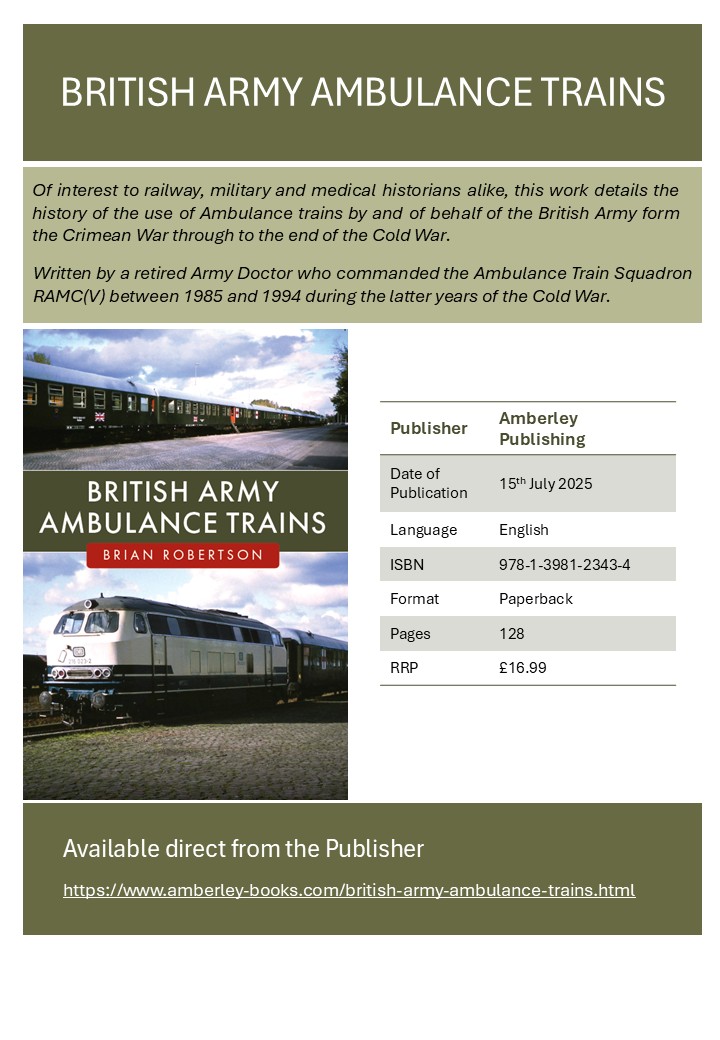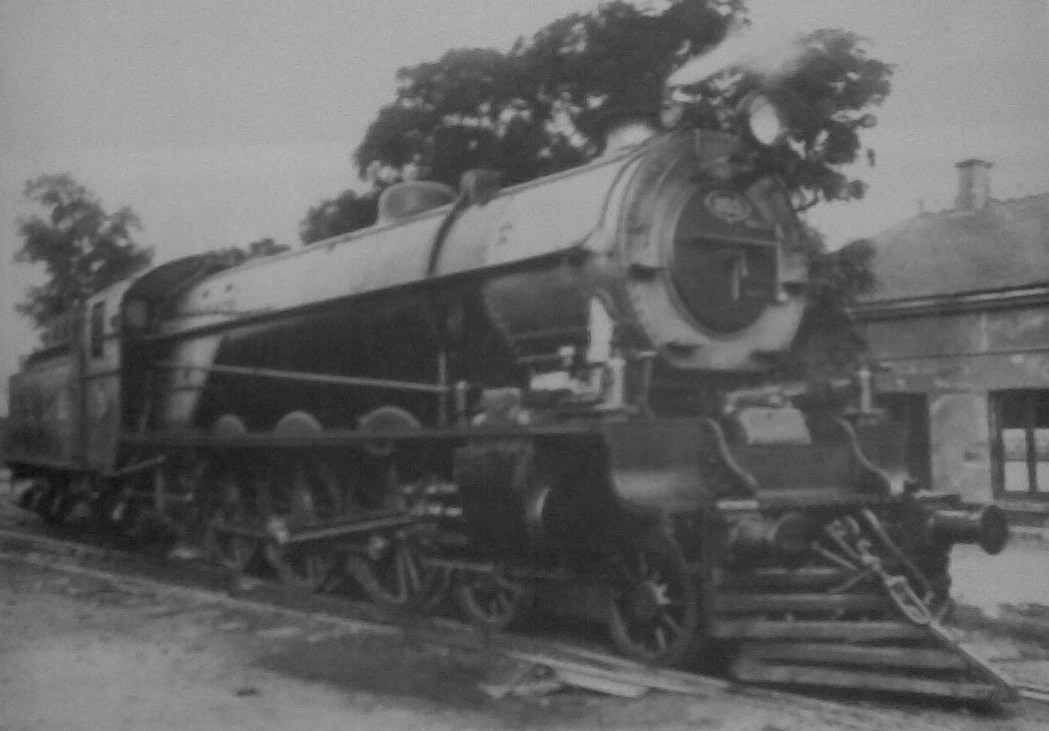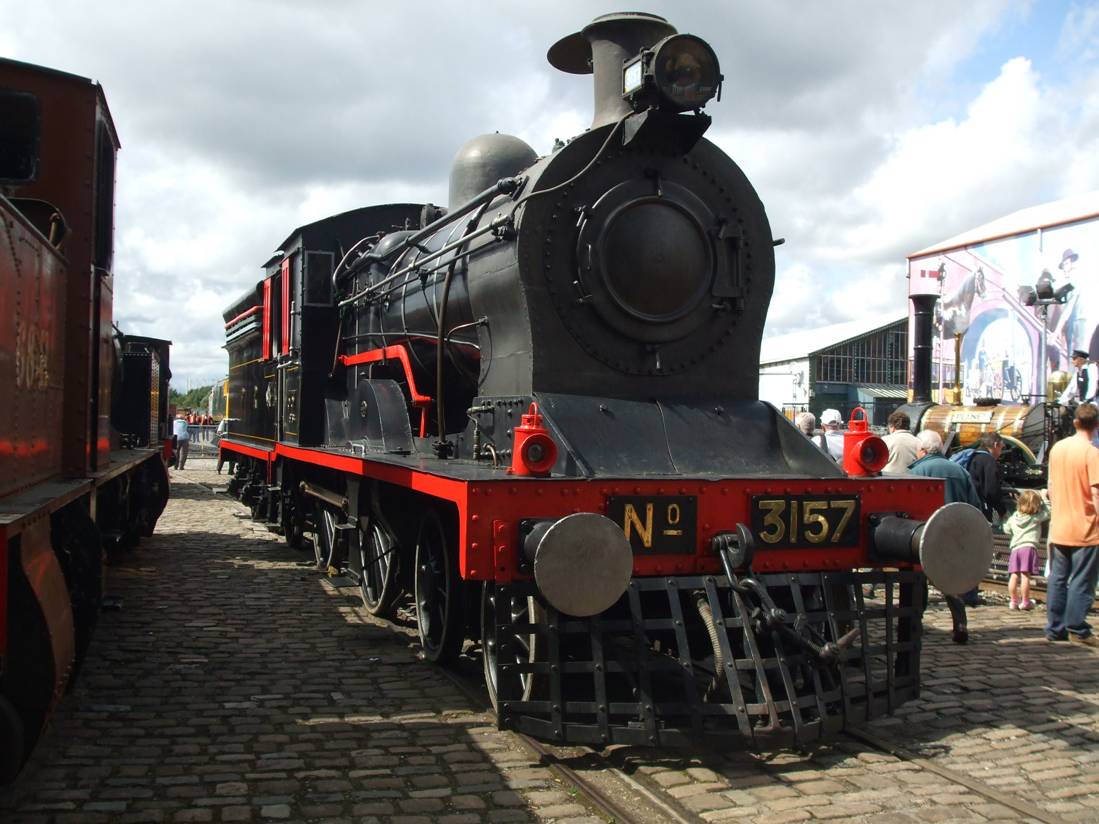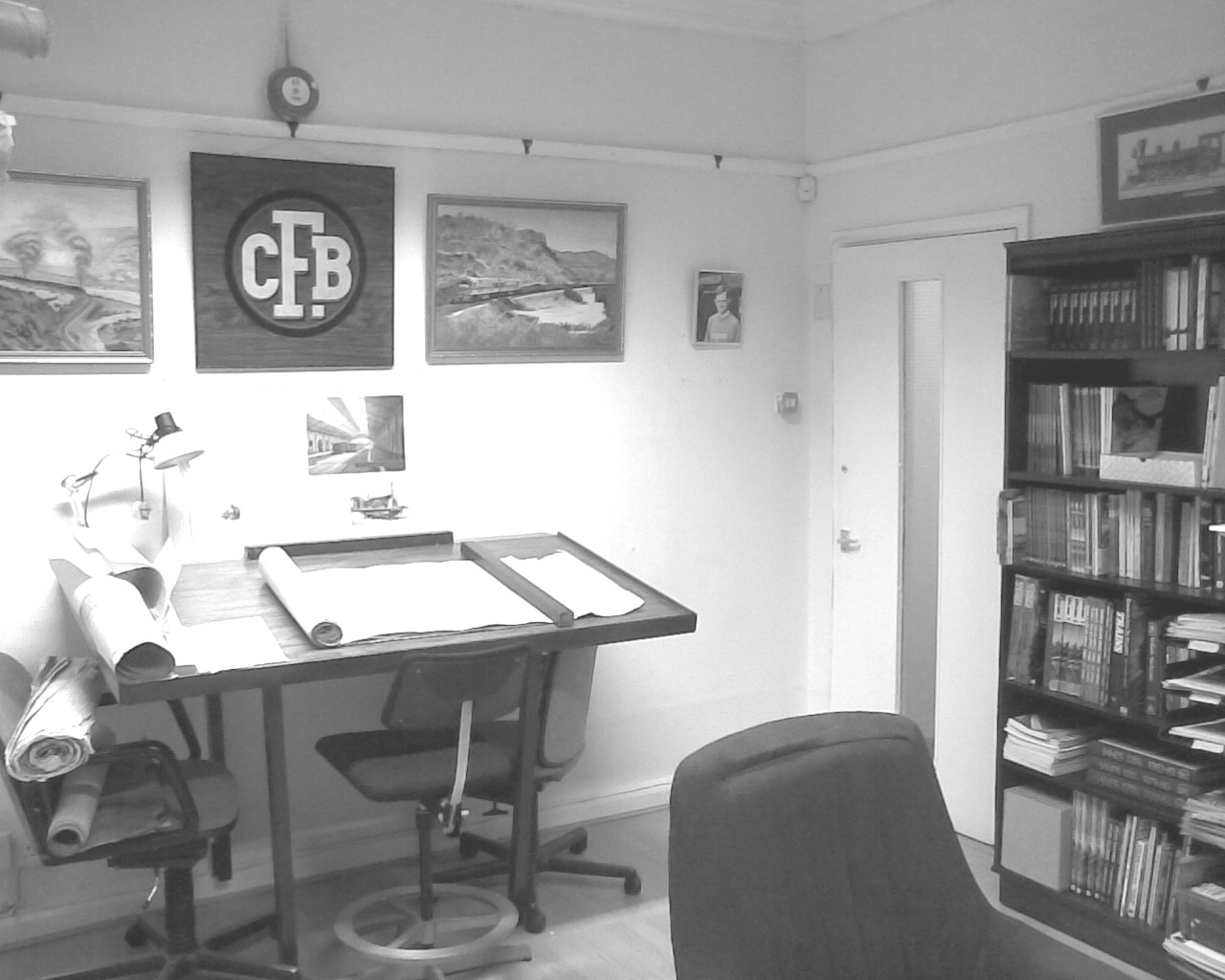THE BRITISH OVERSEAS RAILWAYS HISTORICAL TRUST
|  |
Copyright Statement & Fair Copying Declaration
 On Saturday 14th February, 2026, at 19:00 hrs, Ronojoy Ghosh will present a Zoom talk about the Mysore Railway Museum. The link will be sent out
nearer the time. See the Events page for other upcoming talks and shows.
On Saturday 14th February, 2026, at 19:00 hrs, Ronojoy Ghosh will present a Zoom talk about the Mysore Railway Museum. The link will be sent out
nearer the time. See the Events page for other upcoming talks and shows.
![Railway Crane at Mysore Museum [Julian Rainbow]](images/Railway-Crane-Mysore-med.jpg)
See the railway history page for links to our new list of steam locomotives built by British companies for export - part 5 covers 1945 onwards.
BORHT member Col (Retd) Brian Robertson has released his book on Ambulance Trains. The flyer is below. Please contact Amberley Publishing to obtain copies.


Recent Updates
This site is updated regularly. See the list below for updates you may have missed:
| |
| |
| |
| |
|
© BORHT & the authors 1999-2025.
Introduction
| THE MOST IMPORTANT INVENTION OF THE SECOND MILLENIUM | |
| Probably the most important invention of the Second Millenium was the railway. This was the first form of rapid mass communication and made possible all of the industrial and political changes of the 20th century which have brought the peoples of the world closer together. | For example, the then Argentine Ambassador to the UK, H.E. Mario Cámpora, at the launch of the book "British Railways in Argentina: 1860-1948" said that every child in Argentina is taught that the railways unified the country and that it was Britain which gave Argentina her railways. |
The railway as we know it today was invented in Britain in the early part of the nineteenth century and Britain exported railways and railway equipment to virtually every country in the World. Those railways brought economic growth and political stability to the countries in which they were built. Edwin Arnold in 1865 said, "Railways may do for India what dynasties have never done... they may make India a nation" and they did.
|
British engineers built many times more miles of railway and overcame
far greater civil engineering challenges abroad than here in Britain. Many
of the railways were owned and financed by British companies, not only
in the Empire, but elsewhere, especially in South America.
We lost most of this huge economic enterprise by the 1950's and have almost entirely forgotten it. A few firms continue to export equipment and our consulting engineers remain to the fore, but on nothing like the previous scale. Since the 1960's, great efforts have been made to ensure the preservation of items of outstanding historical merit from our engineering and manufacturing industries. Although a great deal of energy has gone into preserving items built for home use, very little has been done to preserve some of our outstanding items for export and materials of a priceless nature are being lost. The British Overseas Railways Historical Trust was formed in 1984 to bring this past aspect of Britain's greatness to the public attention as an example to present day engineers, industrialists and businessmen. |
 from a painting by Edwin Lambert |
The Aims of the Trust
 Argentine PS11 4-6-2 built by Armstrong Whitworth in 1930 (BORHT: H R Stones Collection) |
All aspects of British overseas railways are covered, e.g. business history, engineering history, biography, equipment manufacturers and exporters, consultants, finance, politics. We also encourage modeling (primarily HO Scale). |
The Trust's Achievements
To date the Trust's achievements include:
Assistance with the recovery of the following major items: |  Photo: © Mostyn Lewis |
|
Some of the bigger archive collections include:
|
 Photo © Dr Paul E Waters |
CONTACT US ------ JOIN THE TRUST
If you need any information or would like to help the Trust in its aims, please contact our Registered Office:-
|
Download a membership application form
or come and meet us at our next event. or email us at borht.org@gmail.com |
Membership benefits include The British Overseas Railways Journal
|
| Registered Charity No 290944 | Company Limited by Guarantee No 1862659 |